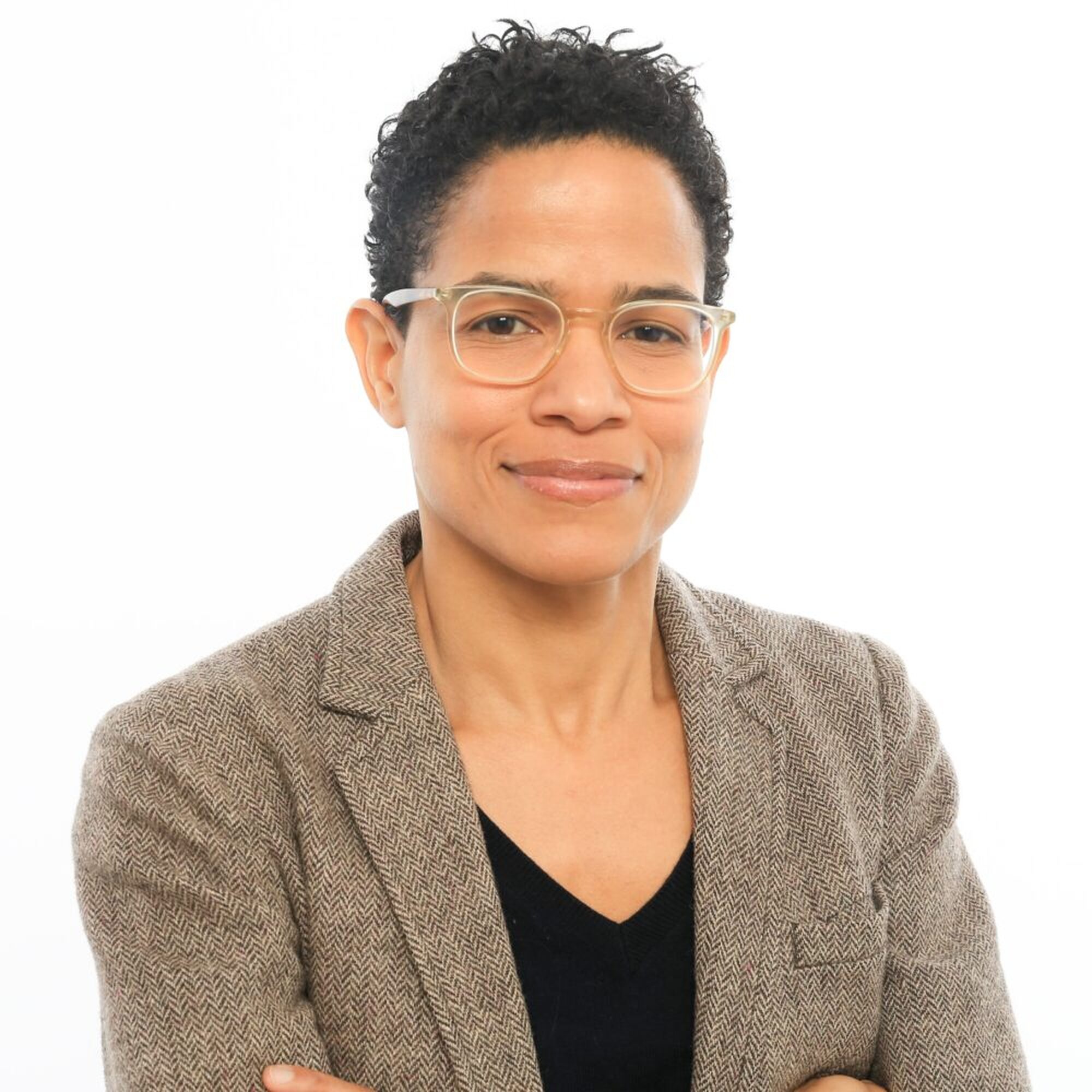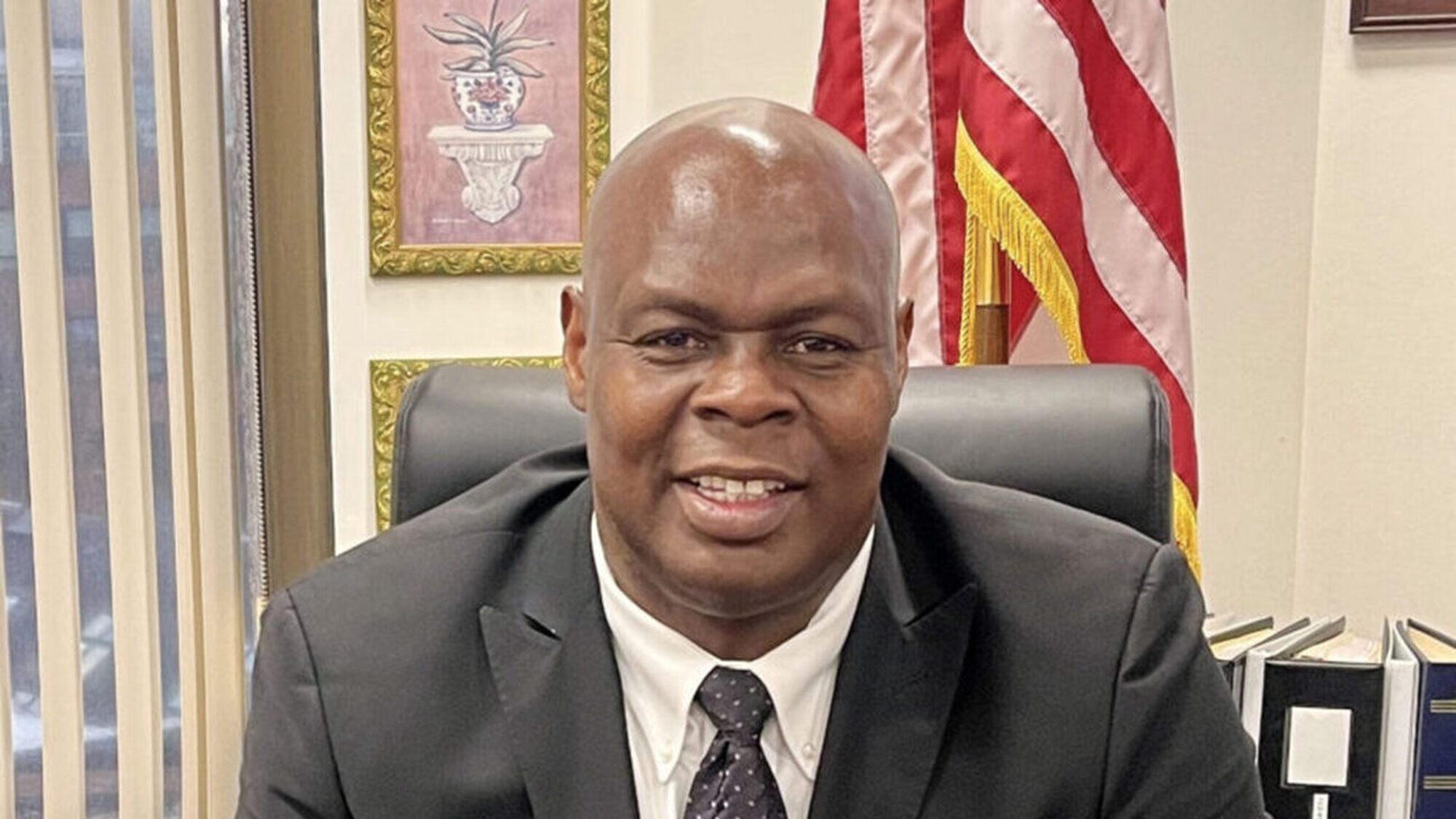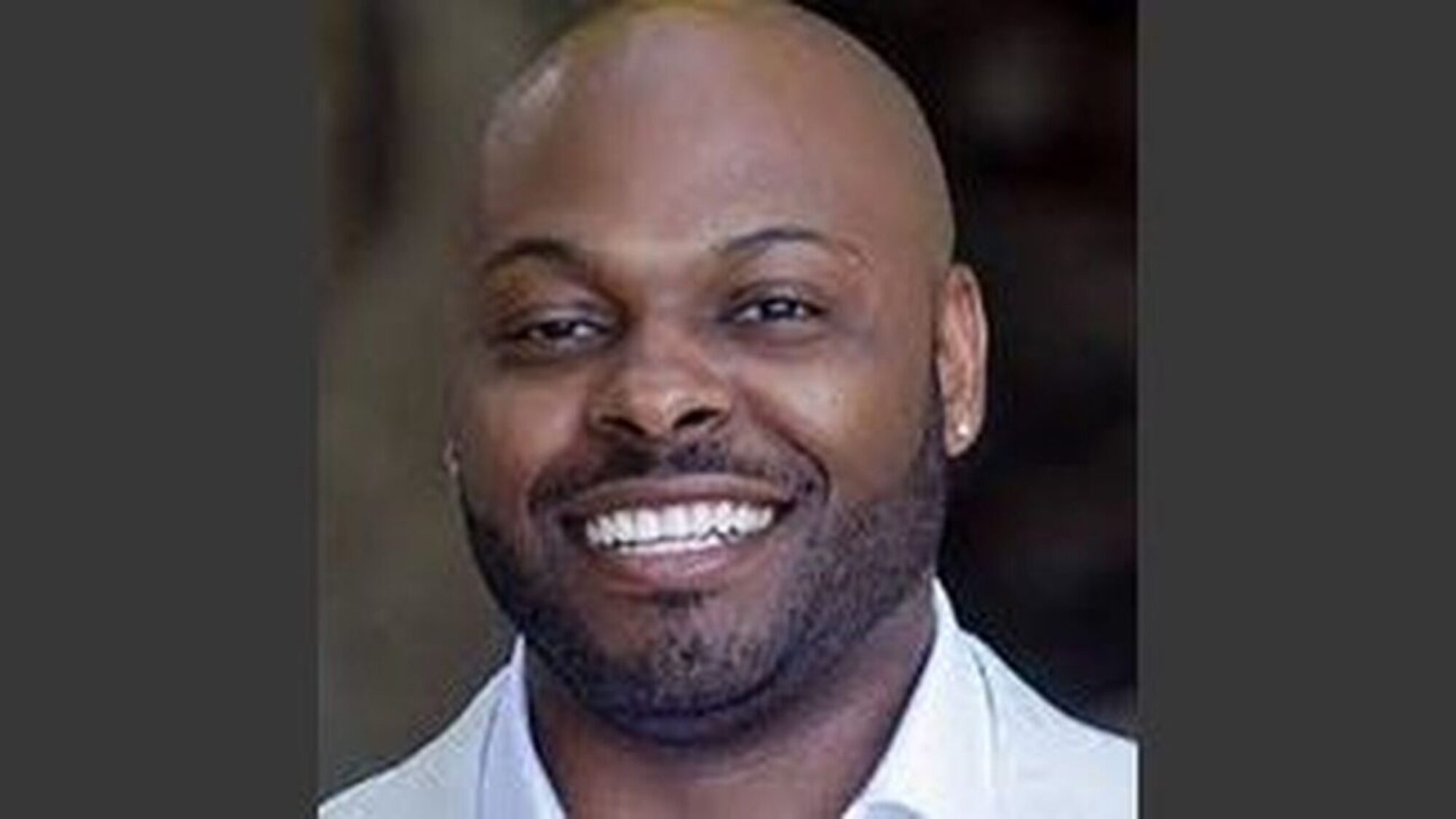Structural racism permeates American institutions, including our criminal justice system. Ensuring racial equity is central to Advancing Pretrial Policy and Research’s (APPR) vision for pretrial justice in the United States.
We are committed to working towards the elimination of disparities in our pretrial justice system. Our work will include using data to evaluate whether pretrial goals are met fairly and equally across all people. It will also include building relationships and fostering genuine collaboration between system and community stakeholders.
We approach this work with humility, and will seek assistance from those with lived
experience and expertise in addressing systemic racism.
APPR spoke with Nikki Jones, Ph.D., professor of African American Studies at the University of California, Berkeley. Dr. Jones’ research focuses on the experiences of Black women, men, and youth with the criminal justice system and specifically with policing. Her research identifies how racism significantly influences policing and the broader criminal justice system.
APPR: Can you share some of the highlights of your research on how racism influences interactions between police and Black people?
Dr. Jones: Until very recently, the dominant narrative on how racism influenced policing was through implicit bias – the idea that we unconsciously sort people into categories that are attached to a set of feelings and beliefs about people in those categories. One common association is of Blackness with suspicion, danger, and threat. The argument goes that these unconscious biases short-circuit decision making and generate racial disparities in professional settings.
In a paper we are currently preparing for publication, we find that police officers actually hold a set of explicit biases that also reflect feelings and beliefs about Black people as potentially dangerous or threatening. Our findings echo those from a Pew Research Center poll which found that 56 percent of officers believed “an aggressive rather than courteous approach is more effective in certain neighborhoods.”
In our qualitative data, we see officers make seemingly “color-blind” distinctions between certain people in certain places, like “normal people who live in nice places” and “people in the projects.” Officers don’t have to say “Black people in the projects,” because we already know that in racially segregated cities, it is Black people and other poor or working-class people who are likely to live in the projects.
This type of explicit (and racialized) categorization operates in concert with spatial racism[a] to legitimize treating people in different parts of the city differently. Most importantly, it legitimizes the use of more aggressive and dominance-oriented behavior toward people in the projects.
As one officer summed it up during an interview: “other than the projects, you stay professional.”
APPR: In your research, you discuss ‘institutional encounters.’ What are they, and how does systemic racism present itself in these moments?
Dr. Jones: We use the term institutional encounters to distinguish from what we would otherwise describe as ordinary encounters, like conversations among friends or family members.
In institutional encounters, the roles that people take on—like police officer and suspect, judge and defendant—inform the set of expectations and rules for how an encounter will or should unfold. All encounters in the criminal justice system are institutional encounters and that informs, and even patterns, how people who work in the system—such as officers, lawyers, judges, etc.—think, talk, and act.
I find this useful in talking about policing because people expect police officers to act as if they are regular people, but, in fact, they are institutional actors involved in an institutional encounter. This will always inform how they interact with people.
All American institutions hold the remnants of origins in racism, anti-Blackness, and white supremacy; this remains reflected in institutional practices, policies and precedent. Today, color-blind language is often used to do the work that explicitly racist practices and policies did in the past. Institutionalized explanations for differential treatment, like the need to be more aggressive with “people in the projects,” are often couched as color-blind expertise, which makes the systemic racism harder to identify, yet it is still there.
APPR: Can you explain the concept of race and provisional status? How can provisional status impact pretrial justice?
Dr. Jones: Provisional status is a concept that has roots in the sociology of W.E.B. DuBois, St. Clair Drake and Horace Cayton, and Everett C. Hughes. Most recently, Yale sociologist Elijah Anderson has used this concept to describe how race and racism shape our interactions in everyday life.
Anderson makes the point that in “white space”—spaces that are predominantly or historically white—Black people hold a provisional status, which means that in these spaces “whites that [Black people] encounter place the burden of proof that they are law-abiding citizens on them.”
Historically, whiteness has been associated with the presumption of innocence and blackness has been associated with criminality. These presumptions seep into every American institution, including, or perhaps especially, the criminal justice system. These presumptions influence how people are seen at every phase of criminal justice processing and can inform, in implicit and explicit ways, the judgments that people make about people who come in contact with the system, and can influence presumptions of risk, danger, and the potential for redemption.
APPR: Our country is experiencing unrest unlike anything we’ve experienced in the last half-century. What are some steps law enforcement leaders can take to reduce or eliminate bias and systemic racism and work toward justice for all?
Dr. Jones: I often tell people that the problem with policing is about much more than policing, which means that the solution to the violence we saw in the killing of George Floyd and Breonna Taylor, among others who have been killed by the police preceding and since their deaths, is not likely to be addressed from within a law enforcement paradigm.
This means that ultimately law enforcement leaders need to align with the abolitionist alternatives that are dominating the moment. They need to be leaders in relinquishing power to other social institutions that are better equipped (as many police officers would agree) to handle the problems that police are called on to handle each day, like responding to homelessness, mental health crises, and violence prevention (not merely suppression). They need to do this even if it may mean losing their job.
They need to welcome critical interrogations of their police unions; respond to calls for strengthening police accountability, including eliminating qualified immunity for police officers; and acknowledge the role that bias and racism play in policing.
APPR: What can APPR do to support racial equity in the pretrial system?
Dr. Jones: Most of the work I’ve done over the last decade has focused on a phase of the system that I describe as “pre-arrest.” It’s a term I use to focus our attention on the way that the criminal justice system, particularly through policing and anti-violence efforts, shapes the trajectories of people in high-surveillance neighborhoods: neighborhoods in which there is a seemingly constant police presence that doesn’t necessarily make people feel as if they are, in fact, protected either from violence in their neighborhoods or from police violence.
“Pre-arrest” is the earliest stage of the production of racial disparities in the pretrial system and the criminal justice system more broadly. Supporting racial equity within the pretrial system requires an understanding of the conditions under which people enter into the system and the degree to which these conditions are linked to racism that operates simultaneously at the individual, institutional, and systemic level. The most important cautionary note I would share from my research is one that I suspect APPR is already aware of: we’ve seen progressive reforms exacerbate racial disparities in past efforts. It is necessary to keep a laser-like focus on race and racism to ensure racial equity. We should also be committed to imagining ways to ensure racial justice that would decrease a reliance on the criminal justice system altogether.





